JON SCHULZ IN CONVERSATION WITH TRAVIS WYCHE

Shamans and mystics and people that are spiritually developed have known for a very long time that we’re connected to the whole. We’re not separate; never have been, never will be, it’s impossible. There’s a field of energy behind everything manifested in matter. This is one of the really difficult ideas that physicists discovered about reality. Quantum mechanics extends some of the most rigorously tested, researched, and validated ideas that have come along through the history of civilization. That field is just crammed with knowledge about everything you could possibly imagine. Shamans and spiritually developed persons can go into their heart to interface with that information and come to know things. There are still lots of scientists that don’t want to face the uncertainty about the nature of reality.

I was on a drive earlier, driving through the canyons of New Mexico, crafting a cerebral space with my partner inside the vehicle while observing the landscape passing by and feeling a resonance with that landscape. The landscape was facilitating the conversation that we were having and contributing to the way that we were feeling. Not to say that the landscape was responsible for it, but it certainly was the backdrop contextualizing how we were making ourselves. Then I started thinking about concentrations of tech communities. Everyone knows Silicon Valley in the San Francisco Bay Area; there is a congregation in Denver, Colorado, and many other places around the world. The Web3-DAO community that I am becoming a part of is trying to attend to problems that they consider to be as old as civilization itself, yet how has that civilization imposed itself upon their ambitions? The solutions that they are currently developing are sometimes described as completely novel, or as a manner of developing solutions that is distinct and unique.
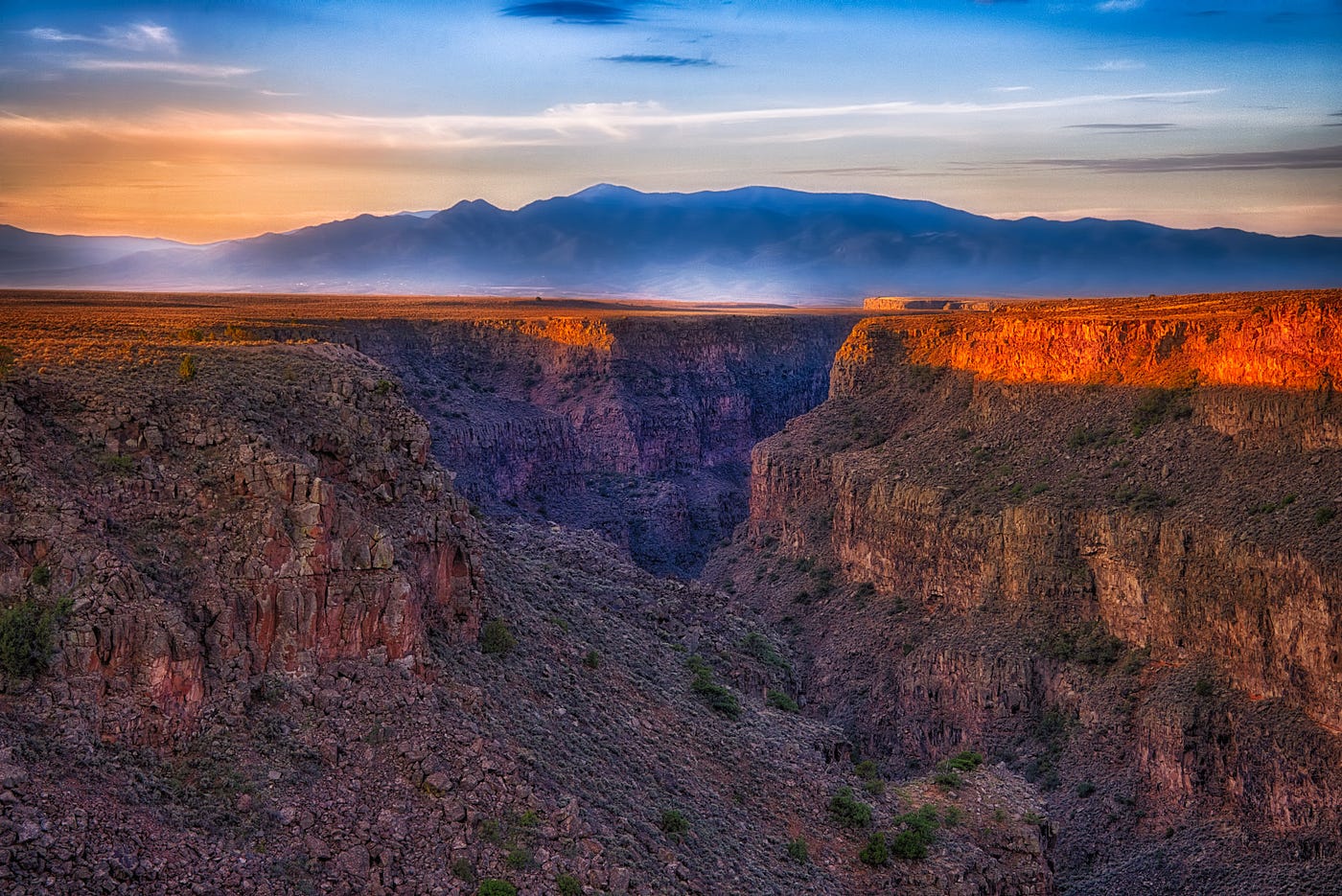
In that context, I began thinking of you: a 75 year old systems engineer, life-long student of self-reliance strategies, and a man with some true grit. I mean that as a compliment; to have some dirt under your fingernails, hands-on building experience with sustainable architecture. Our conversations concerning the development of sustainable architectural practices completes a full circle of knowing and unknowing at the core of this DeathGuild project: understanding how to live in a sustainable manner on the terra firma of planet Earth facilitates the awareness that is needed to sustain life in the most inhospitable places beyond the veil. This is precisely the state of mind required to approach the problems we are attempting to solve with our digital tools. That’s the meaning of the word apocalypse, right? It means to peer behind the veil, so venturing into outer space might be considered the ultimate apocalyptic scenario.
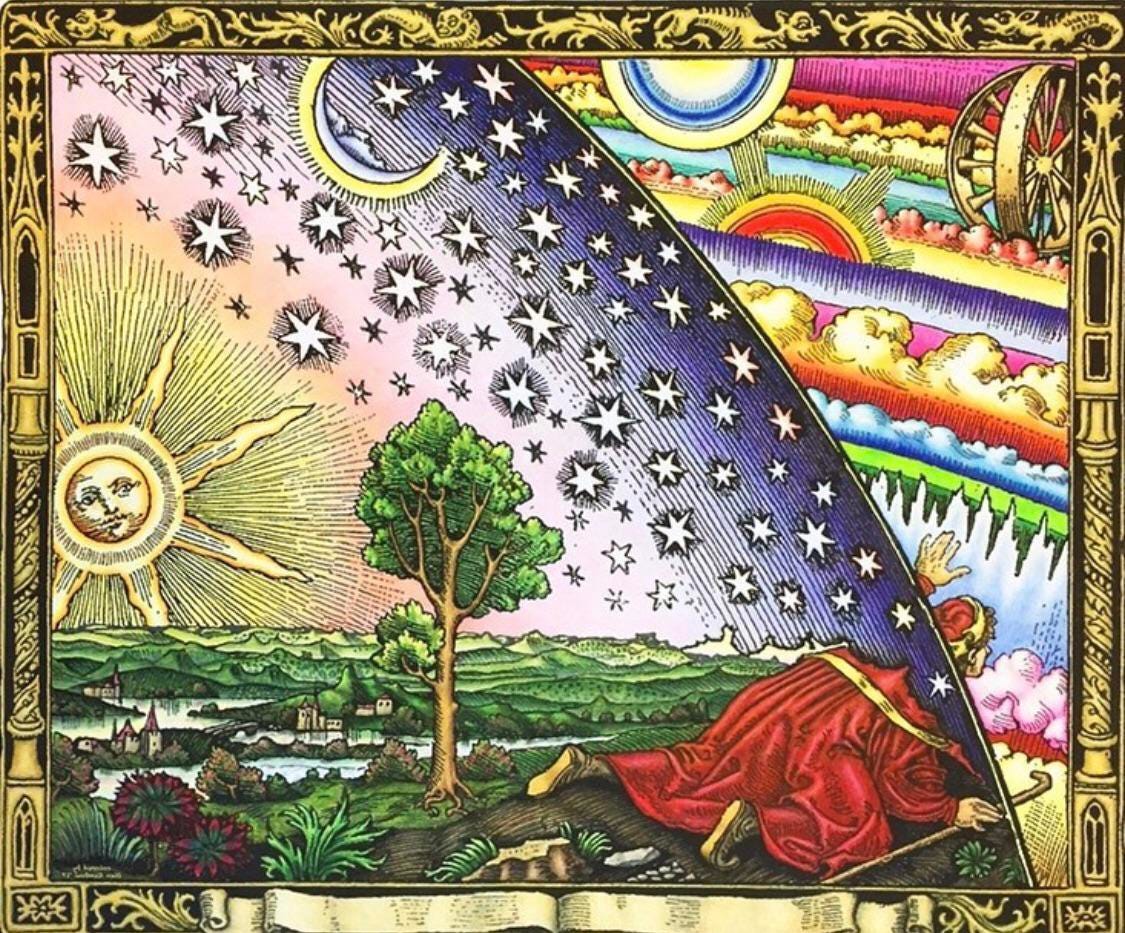
But I digress. I’m wondering how Colorado has influenced you and continues to influence this new generation.

There seems to be a cycle taking place, an alignment of imagination to attend to a core problem of humanity that is as old as the sands of time, a problem of coordination, a problem of scale, of being able to understand the ramifications of these huge systems that we are embedded within while still being able to maintain focus on the immediate tasks at hand. All of these components are related and that’s what we might talk about today. DeathGuild is trying to understand governance modalities, how resources flow through our human systems, and how we might logically manage these flows while discerning the importance of identity and securing the right to privacy as a delicate balance of agency, as a fulcrum between autonomy and anonymity, that comes to define the thresholds of sovereignty within our human systems.

This is where I begin my meditation about context, about the house that you’re building for yourself. How and why did you choose to build in Colorado? How can I understand the world problems that you’ve dedicated yourself to as an aeronautical engineer and as a sustainable systems engineer? At 75 years of ripe young age, I wonder if you might venture some words of advice to this younger generation of engineers and developers, to expound upon some mistakes that you have made, to articulate some things you would have done differently, or maybe to elaborate some tidbits of information that were slow to reveal themselves, that required 40 or 50 years of dedicated practice to really get a handle on.

I’m not sure how Colorado has influenced me, but it’s interesting that you’re talking about reinventing the wheel. It seems to be a normal human thing to do. In some cases, there’s a negative feeling rooted in not really wanting to know what other people have accomplished in order to justify isolating, withdrawing, doing their own thing, and then feeling proud when they discover something. I frequently had to interact with academics at various universities across the country and quite a few really didn’t want to know much about what their colleagues were up to. In some cases, I ended up knowing more about what was going on in their field. I tried to tactfully encourage them to work together.

Since the scientific revolution, we have Descartes saying the only way to understand systems is to break them into parts and study the parts and it certainly brought us tremendous gains and advantages, but these revolutionary thinkers were overly concerned with articulating conclusions, many of which are absolutely wrong. You can’t fully understand a system by studying its parts. That’s impossible. By only studying the parts, we fail to understand the system’s purpose, which leads to the idea that nothing has any purpose and the only purpose that exists is what we assigned to it, which is absolute nonsense. It is the parts interacting in a good way that allow the purpose of the system to emerge from the activity. If we can learn to live life on earth without destroying ourselves or our surroundings, then there might emerge a purpose for us to live and work in space. Until we achieve sustainable practices here, we won’t have the knowledge or the embodied belief systems that will allow us to survive in those other situations.
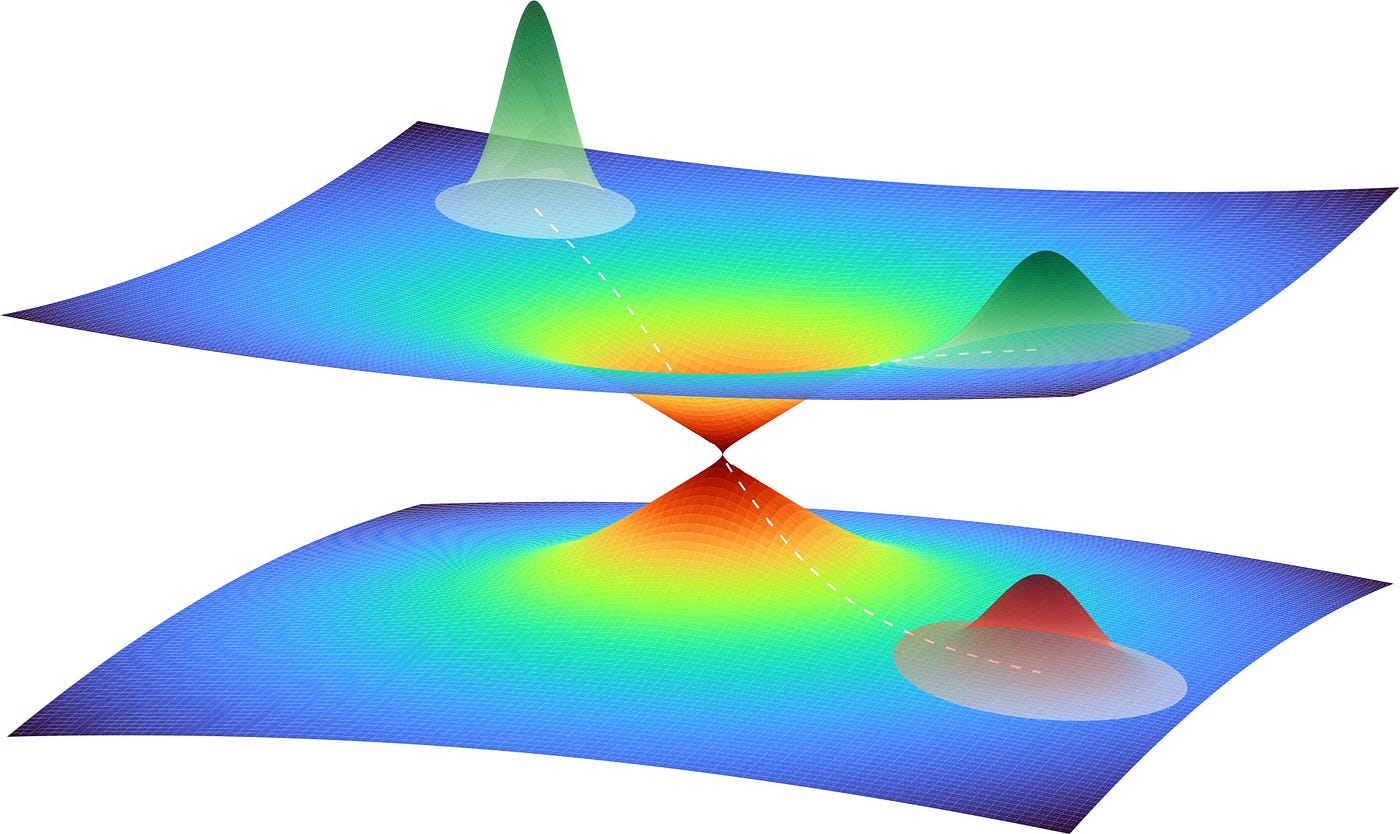
I think that human beings have no purpose in space. I am personally opposed to space colonization as a grotesque expenditure of resources that would be better invested back into our own sustainable infrastructure, here and now. The delusion of space exploration is an extension of a violent colonial project, more of the same land grabbing with clear winners and losers. I wouldn’t hold you or any individual accountable for this delusion, as it’s more of a manifestation of a global human psychosis to colonize and to conquer. We continue to fuck up this planet and it’s habitants, so why would we go off to colonize another and think that it would be any different? Get it sustainable here and then let’s talk.
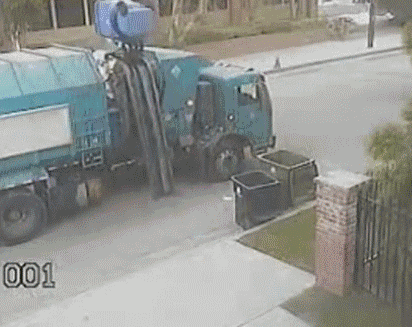
I understand that. Until we get life sustainable on Earth, until all the human stuff — all the physical stuff and all the abstract stuff and all the organizational stuff — until we get those things aligned with life thriving on the planet, we don’t have any business in space.
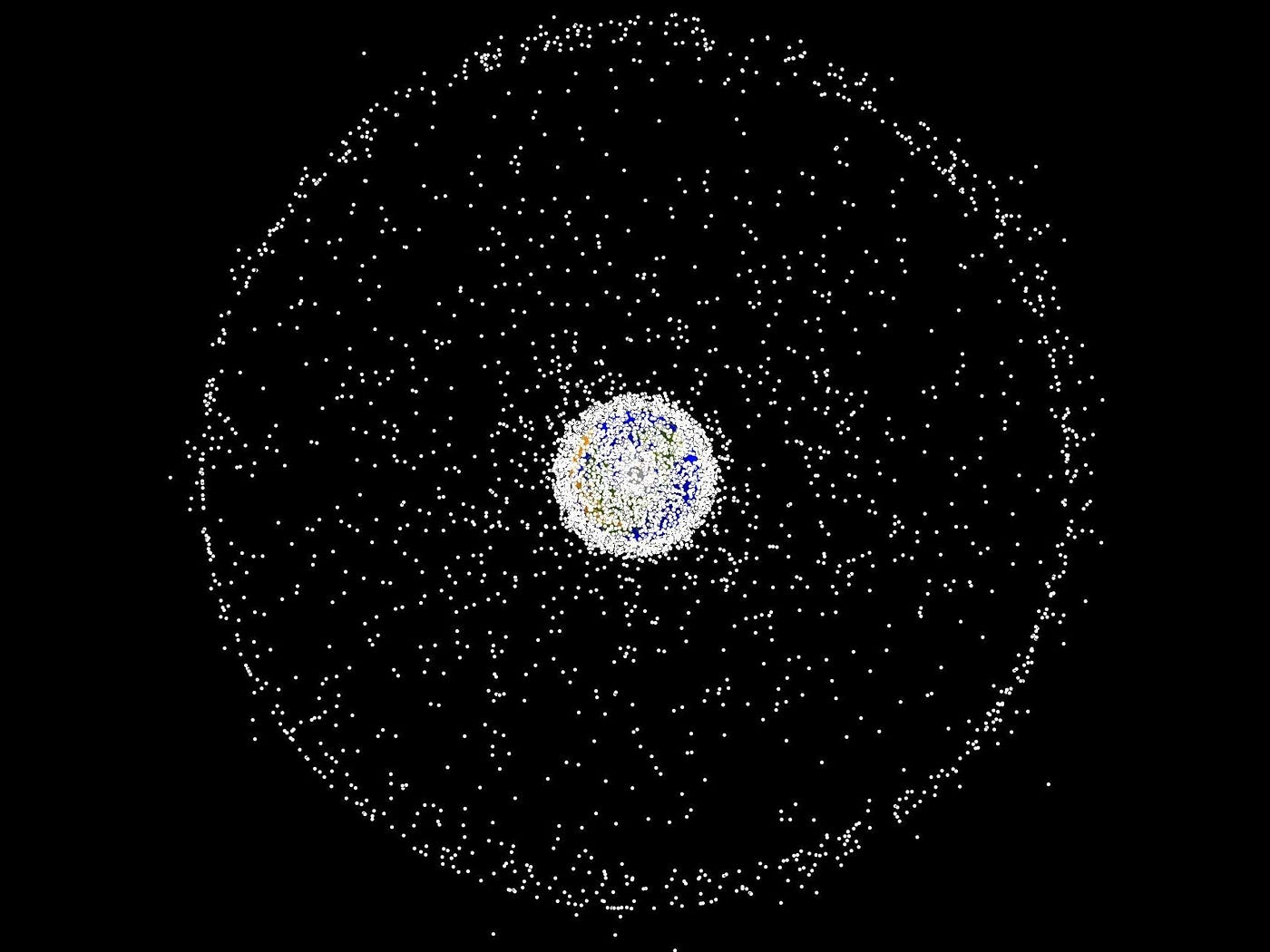
An idea has been passed around in a few recent conversations I’ve had this week. Concerning the status of DAOs, some have noted that we’re getting pretty good at the decentralization part, but we are still failing at the autonomous and organizational parts. We haven’t come close to figuring out the whole package yet.
Since the advent of civilization we have had to deal with specialized labor and the evolution of elites that thought they were superior to everybody else, rapaciously using both planet and people for their own personal gain without much consideration for the negative impacts of that behavior. Darwin’s theory of natural selection and survival of the fittest, along with other scientific theories of the day, have been used to justify this behavior. It doesn’t require a great leap of the imagination to understand the progression to eugenics, the structural racism of the Nazi Party, and all of that horrific business. Elements of that delusion remain covert in this country even now, because we have invited Nazis here to work in various industries.

We previously discussed the incredible documentaries of Adam Curtis, especially The Century of the Self that documents the migration of Nazi propaganda techniques, as developed by Joseph Goebbels for the Third Reich. These ideas were translated into a sophisticated sabotage of the American populous imagination via commodity fetishism, subliminal techniques of Madison Avenue marketing departments, and the ongoing psychological warfare on public perception.

For me, this calls up profound problems pertaining to the use of social credibility metrics as a tool for determining the health of an organization, illustrating a striving for cultural optimization akin to social engineering on par with Hitler’s vision, embedding ideological seeds within a population of people that are then able to mobilize the ideas through local industry with global consequences. This is a big leap that I’m making and I don’t mean to gloss over the last 80 years of socio-political progress, but there is an element to our ongoing societal calculations and sub-optimization fantasies that seems obviously correlated to a militaristic projection of territorial ownership. This is the ideological fuel that propels our rockets into space.
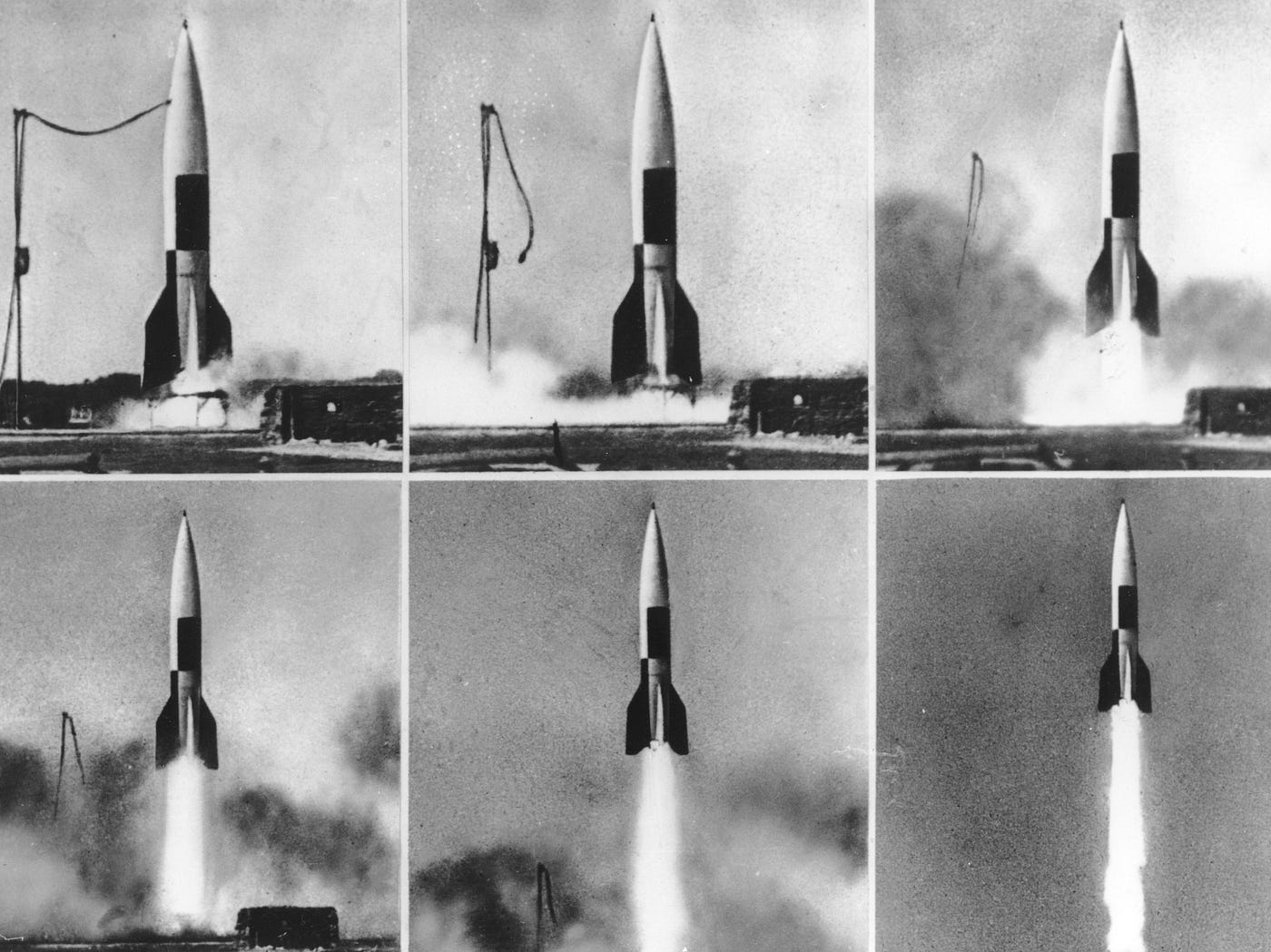
What else did you want to address?
Let’s expand on the mind-body problem.

Softer sciences mimic methodology from other scientific branches, like physics, but these methods have led to dramatic misunderstandings. The part of the body that processes and stores and knows information can’t be reduced to the brain alone. It’s all the organs working in tandem as a system: it’s the heart, the gut, various constellations of neurons that have a great deal to do with how we think. Every single cell participates in knowing stuff. It’s far more complex than a rational mind emanating from an organic brain, like a computer and its operator. This weak metaphor has become a powerful meme for disseminating a false conception of the self and our world.
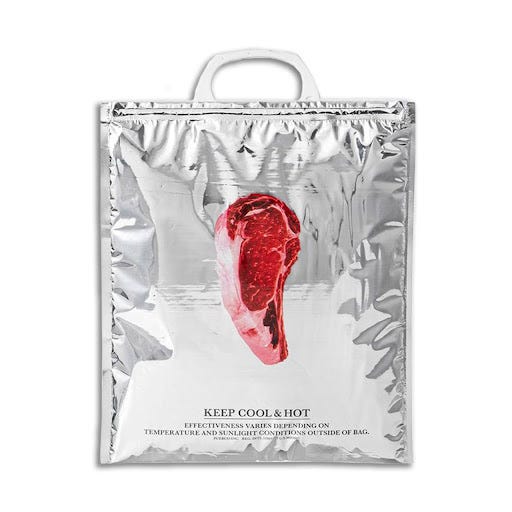
The mind-body problem is a false problem, a purely synthetic abstraction that dissociates us from the world and is the beginning of all the horrors that follow. The Cartesian projection upon the world, in striving for ultimate legibility, creates false distinctions between things. If we could attend to the base principles of mind as a synthetic concept — a quintessential human delusion — to move towards a position that considers persons and perspectives as holistically and integrally tethered, we might begin to unravel the territorial alienation of discrete selves. The territorial threshold of the body is also an arbitrary construct. To purport that I am somehow confined to this meat, to deny my sense(s) of self from manifesting in shared space, or inversely that the physical outside somehow stops at the threshold of my epidermis, that I am not actively diffusing-with and into it, is to deny a profound potentiality of collective being and becoming.

We live materially and pneumatically with the pressures, forces, and circulations of particles that create the potential for statements of being through context. We are salinated water balloons of pneumatic, lymphatic, and cerebral pressures suspended in an elegant composure by calcified, mineralized scaffolding skeletons at the service of microbial gut flora. Who is it that really wants to *get outside *and explore strange new worlds? Moloch is a mythical god of human coordination failure personified as a bullheaded cosmic crematorium, but perhaps a more fitting image might be a super organism, a space obsessed microbial mind virus, pure disembodied colonial psychosis.

Where does the we and the they begin and end? This is all part of the same mind-body split accounting for all interpersonal discrepancies. Maybe this is the most essential rabbit hole we should be spelunking in. Maybe seeing all the world as a series of nested economic games, as a human coordination problem, is in itself a false problem. This meditation begs the asking of a question so large I can scarcely think it and will certainly struggle to articulate it. Could we somehow pivot on our own sense of being, to cease to feel that sacredness of ownership over one’s own meat, to render that sensibility more diffuse — not just to the heart, and not just the gut, and not just to the microbiome that we carry around in our salinated meat sack, and not just to the room that we’re in or the field of view that we are manifesting — to incorporate that integral and holistic connectedness to a world rendered whole?

If every individual could learn to integrate that vision and shift their perspective, would that amount to a global coordination success in shifting our vision of the world and our place within it? Would all of the previous failures unravel? *Coordination is a choice, *but certainly there’s more to it than that. There are territories to dissolve, arbitrary distinctions to dismantle, blockages of flows to uncork, people living in terror that will need to be nurtured back to sanity, problems of sustainability to design for, but if our current coordination efforts could amount to a global shift in self-awareness, might we dare to hope for realignment in these other areas?

During the 10 year period when I was working intensely on sustainability, I probably went to 200 conferences. I tried to talk to everybody. I encountered countless organizations putting forth missions that resembled each other; they were all compatible. There are people all over the planet, distributed organizations dedicated to developing new ways of doing things that will enable the survivors with some good information about how to put it all back together again.
I hear you describing a strength based in resilience and agility, rather than fortification or protecting proprietary knowledge.
Many individuals I encountered were totally open about what they were trying to do, what their activities were, how they were approaching problems. Everyone wants to bend your ear about how they’re trying to help make the world a better place, and they’re often succeeding. Where I ended up, after looking at this for a long time, is that all of those systems need to be brought into compliance with the ecological rules for physical life on the planet. It’s a matter of survival. After looking at everything I could find about sustainability for a couple of decades, I came up with a list of 21 underlying principles, but even this is too many for most minds to contend with. It really comes down to six heuristic rules.
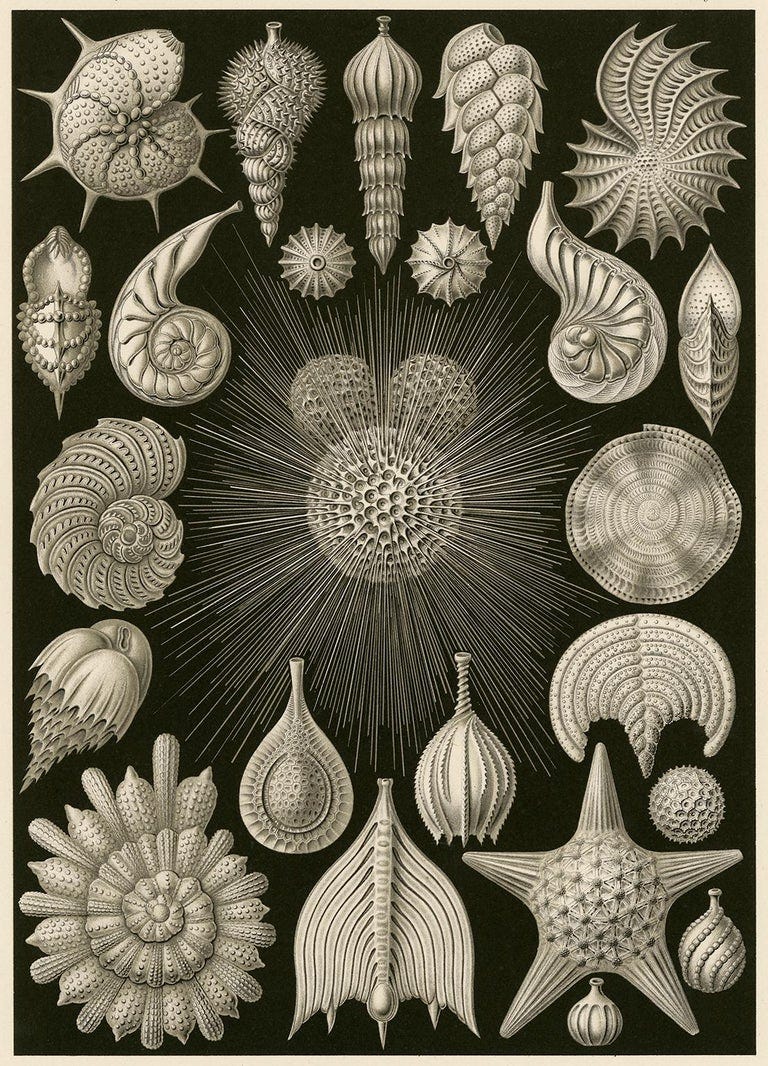
I finally started to figure out that on Earth there is a prime directive, a way of understanding Earth operations that are reliable and predictable. Earth creates conditions conducive to more life. If any system is not doing that, sooner or later, it will fail. With Earth systems, the time periods are much longer and so there is a tendency, because of our short lives, to dismiss these systemic principles and disregard the future. How does Earth create conditions conducive to more life? The answer to that question is a set of ecological principles, like flight rules for spaceship earth. They’ve been developed over billions of years by non-human agents. I think the foundation of all religious and scientific thought comes from an intuited awareness of these ecological laws.
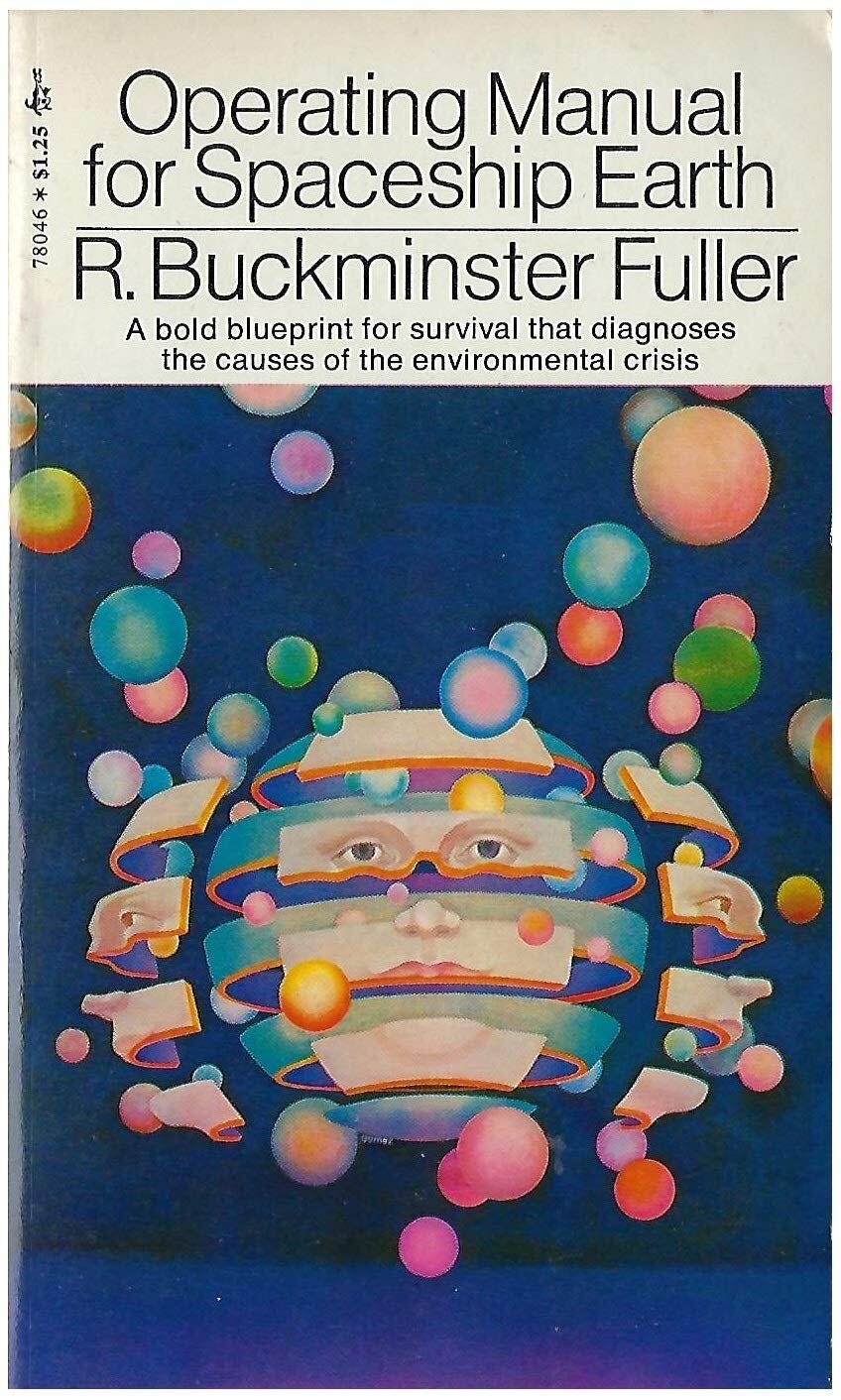
Will you share your six heuristic principles?
One of the key rules is that it’s not about you anymore. This is tough for a test pilot, because up until that point it’s always been about them, competing to get that next slot, stuff like that. When they become an astronaut, the mission and the system that you’re in becomes the most important thing, far more important than the individual. That’s the hardest lesson for an astronaut to learn. The absolute goal is total competence, to do the job that you’re supposed to be doing with no exceptions. A plus one is a person goes out of their way to do things that help the system, to identify problems before they manifest. You can’t ever claim it. If you say you’re a plus one, because you act like one and demand to be treated like one, you’re probably really a minus one, and you’re likely to get people killed.

Jon Schulz’s Ecological Laws:
1. Networks and systems within systems (everything is interrelated)
2. Flows, cascades, and cycles with extreme efficiency and no harm
3. Local, current, solar based energy (light, heat, electricity, wind, geosource, hydropower, etc.)
4. Cooperation and Partnership
5. Diversity
6. Dynamic balance
The ecological laws are an integral set or system of requirements that cannot be considered separately. They are really just one law. You don’t get to pick and choose. Implementation of these laws is always context specific, meaning that the characteristics of a place (physical, biological, and cultural) drive how the laws can be satisfied. These laws apply to all human activity.
1. Networks/Systems within Systems
At all scales of nature, we find living systems nested within other living systems — networks within networks. Their boundaries are not boundaries of separation but of identity. All living systems communicate with one another (information flows) and share resources (energy and matter) across their boundaries. Living systems are fractal. We are not separate from anybody or anything. There is a deep underlying unity. Everything and everyone is deeply interrelated.
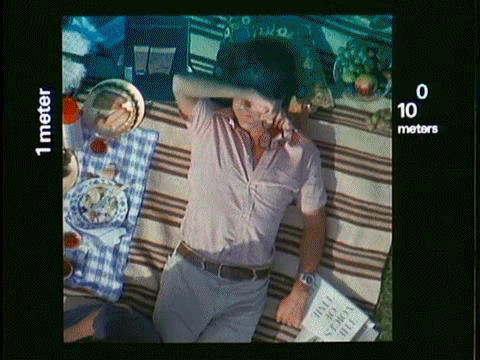
2. Flows/Cascades/Cycles
All living organisms must feed on continual flows of matter and energy from their environment to stay alive and all living systems continually produce waste. In this, they are dissipative structures. However, an ecosystem generates no net waste, as one species’ waste is another species’ food. Thus, matter and energy cycle continually through the web of life (including geophysical cycles) over time. Energy, matter, and information flow in cascades through ecosystems generating extreme efficiency. Creating no harm is integral to these processes. Toxins create harm, reducing efficiency. Nature is the absolute master of efficient matter and energy use. These considerations eliminate nuclear energy as presently conceived as a viable option for the future.
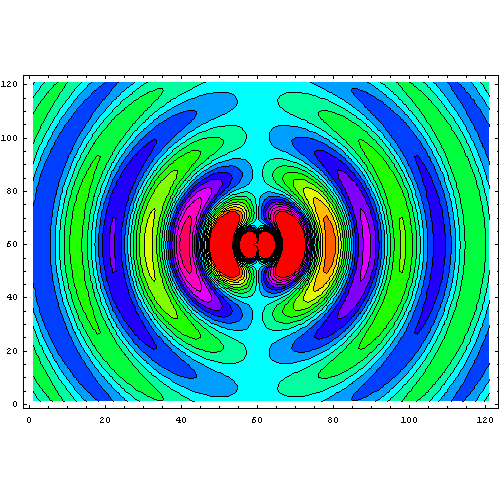
3. Local/Current/Solar Based Energy
Solar energy, transformed into chemical energy by the photosynthesis of green plants, drives ecological cycles. Other forms of solar energy, such as solar thermal, solar electricity, hydropower, ground source, wind power, human and animal power, and even metabolic heat are used by life and ecosystems and are available to man. A key aspect of this law is working within currently available energy flows (short term energy storage is certainly OK). Also, these energy sources are decentralized and local or regional in nature. While there are exceptions, ecosystems do not tap into reservoirs of ancient solar energy such as coal, gas, or oil.

4. Cooperation/Partnership
The exchanges of energy and matter in an ecosystem are sustained by pervasive cooperation. Life did not take over the planet and thrive by competition and combat but by cooperation, partnership, and networking. Darwin said that the evolution of human societies would be based on caring and cooperation.

5. Diversity
Ecosystems achieve dynamic stability and resilience through diversity and complexity, through their webs of relationships and the feedback loops created by that diversity. The greater their diversity, and, hence, the richness of their relationships, the more adaptable, flexible and resilient they become. The more diverse ecosystems are, the more innovative and creative they are. This is as true of human societies as natural ecosystems. Monocultures and monopolies, while in some sense efficient, violate ecological law and reduce or eliminate resilience and adaptability.
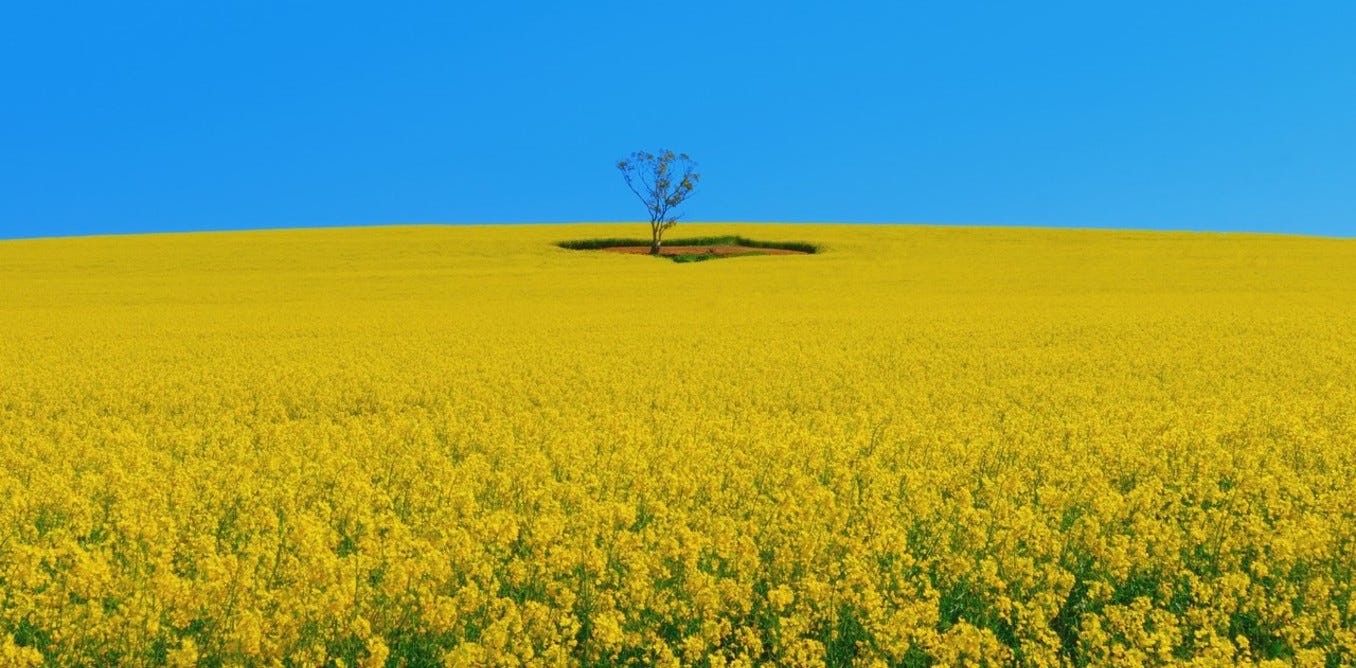
6. Dynamic Balance
Ecosystems are flexible, ever fluctuating networks. Their balance and stability is a consequence of the diversity of multiple feedback loops that keep the system (its flows of matter, energy, and information) in a state of dynamic balance (relative stability). No single part of the system is ever maximized or optimized; all variables fluctuate around their optimal values for the benefit of the whole. What whole? Answer: ultimately all life on the planet.
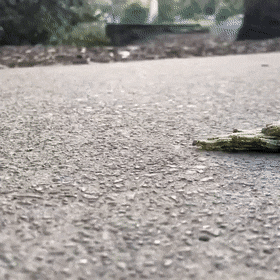
This series is made possible by a generous grant awarded by MolochDAO. Thank you Moloch!